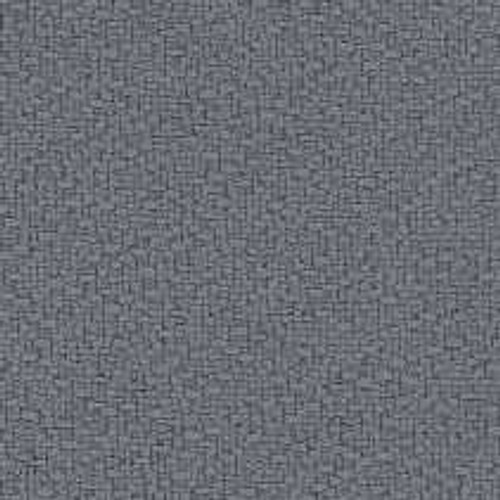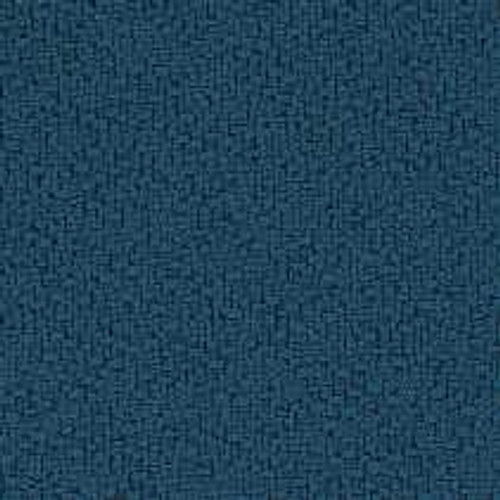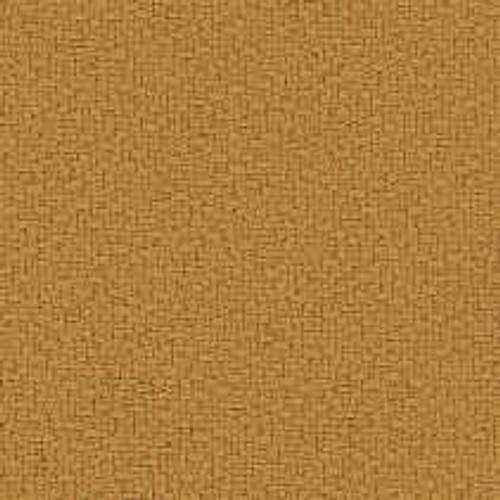*Add Style And Reduce Noise In Any Room With A Custom-Built Full Wall Acoustical Panel System*
KEEPING PROJECTS ON TIME FOR OVER 30+ YEARS!*PLEASE LET US KNOW HOW WE CAN HELP* Contact Info. Phone: Fax: (805) 642-0330 E-mail: info@acousticalwallfabric.com We're ready and happy to answer any questions you have about our products and services. AcousticalWallFabric can also help you get samples of fabric at *No Cost To You* Please be sure to list the fabric samples needed in your message. Discounts are available for Large Fabric and Mounting Track orders,
Fax: (805) 642-0330 E-mail: info@acousticalwallfabric.com We're ready and happy to answer any questions you have about our products and services. AcousticalWallFabric can also help you get samples of fabric at *No Cost To You* Please be sure to list the fabric samples needed in your message. Discounts are available for Large Fabric and Mounting Track orders,












